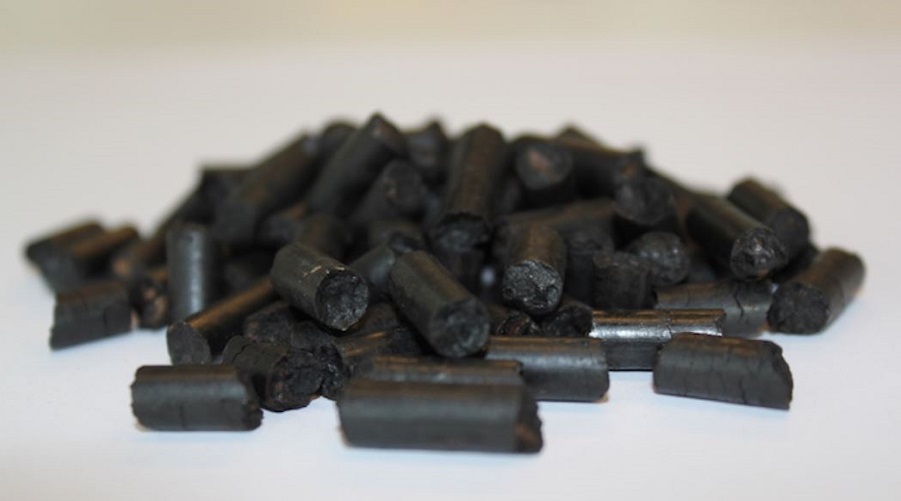
Baltania OÜ, a torrefied bio-coal pellet prodecer and 100% owned subsidiary of Dutch private equity investment firm Momentum Capital, announced that it has made a conditional investment decision to commission an industrial-scale torrefaction bio-coal plant in Vägari, Estonia.
The project would be carried out under the oversight of the Baltic country’s ministry of environment at a cost of approximately $53 million. Part of the initial investment will be funded by Momentum Capital and other venture capitalists and financial institutions. The European Union will provide a production-output based grant of about $30 million.
With the idea of supplying clean energy to utility companies in Nordic countries and Central Europe, the bio-coal plant will rely on a torrefaction technology developed by a Dutch company called Clean Electricity Generation. The goal is to produce and process approximately 160,000 tonnes of torrefied bio-coal pellets per annum.
The bio-coal pellets are obtained from “woody biomass sourced in Estonia,” CEO Mika Hassinen told MINING.com. The idea is that the material partially or fully replaces fossil coal in electrical power or heat generation.
The production line includes CEG’s proprietary torrefaction reactor, syngas cleaning equipment (wet scrubbing) and commercial gas engines. The way it works is that syngas derived from the biomass is used to power the gas engines producing renewable electricity. Subsequent to power generation, the hot engine exhaust is used to heat the torrefaction reactor and supplement the biomass material drying. The reactors then utilize vibratory conveying technology to move material within its sealed components. Each reactor is coupled to a bespoke syngas cleaning system for the removal of tars and connected to a gas engine to create a reliable production line.
Although the process is similar to charcoal production, “it takes place in a much lower temperature environment that requires less exotic and less expensive materials, which results in biofuels with more favorable combustion properties, better mechanical and storage properties, and higher energy density,” CEG states on its website.
According to Baltania, the energy density and grind-ability of renewable and sustainable bio-coal pellets are similar to thermal steam coal and significantly higher than that of white wood pellets or wood chips. This also means that logistic costs per tonne transported are lower.
The company expects that its plant helps revitalize the eastern town of Vägari by creating at least 30 jobs in production, 300 jobs in harvesting and logistics, and more than 200 temporary jobs during the construction phase.
Comments
Altaf
Can some one tell me how different this process is from Pyrolysis?. I feel Pyrolysis is a better option to covert anything which has carbon (any organic plant based source like forest residue, farm residue or chemicals like tyres, plastic or even used oils) into three streams. One is the syngas which generates power to run the plant as well as surplus power to the grid, second is the pyrolysis oil which can be blended with crude oils in refinaries and the thrid is char which can be refined to produce coal equivalent for power generation.
The only problem with Pyrolysis is the cost of the plant. To run it commercially, it requires a large plant which means availability of big quantities of inputs. That means judicious selection of location near to tyre dumps or farm processing units or huge forest residue collection sites.